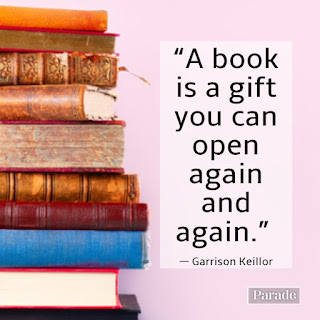Games GDD
Link to GDD =link GDD
What I want in my game would be to change the background if that's possible.
link to my GDD powerpoint=
game mechanics= For the game mechanics I was thinking of speed of the
balloons it when one of them could be slow and they differentiate between
colours so in my script I would write the specific colour of the balloon would
be different speed, I was also thinking about resources of how many balloons and
I want about like Infinity, so my other thing for mechanics would be about the
background image of the game so I would probably have the amount of balloons
you miss the background will change and I would have about 3 backgrounds which
means you have three lives and if you continue losing those lives you will have
a clown running at you and then it's game over.
game design document
My opinion on gdd,
Is the way we organize our planning by picking out specifics like, development of roles and responsibilities, planning out gameplay basics, background stories & objectives the player purpose.
Gdd, always starts with a Document scope the purpose of of the brief.
GDD also talks about the technical aspects like hardware and software requirements to use.
The genre of the game is also important on what style their going for.
What I want in my game would be to change the background if that's possible.
or keep it in one background also inserting infinite amounts of balloons and some could be faster than other balloons.link 2
A GDD normally includes the following items:
a brief summary (game concept, genre, target audience, project scope, etc.)
Playing the game (objectives, game progressions, in-game GUI, etc.)
Science of mechanics (rules, combat, physics, etc.)
Elements of the game (worldbuilding, story, characters, locations, level design, etc.)
Music, sound effects, 2D/3D models, and other assets.
Several recommended practices are being followed in the real game design paperwork:
Keep the game's documentation as light as possible. It's not always the case that the initial game concept works out. It's possible that you'll have to abandon the game or pivot in a different path. Keep the initial documentation to a bare minimum in order to avoid having to rework a multi-page document. Put it everything on one page and let it grow from there.
Collaboratively write the GDD. Unless you're a lone independent game creator, start by involving your team inside the process. Make your GDD the main hub where your team members can come together to identify, discuss, and find solutions.
Make use of visual aids. Don't allow your visitors become lost in a sea of text. Graphs, flow diagrams, and concept drawings can all help to explain many ideas more clearly. Alternatively, make a mind map out of your complete game design document and see it grow as your game progresses.



.gif)

Comments
Post a Comment